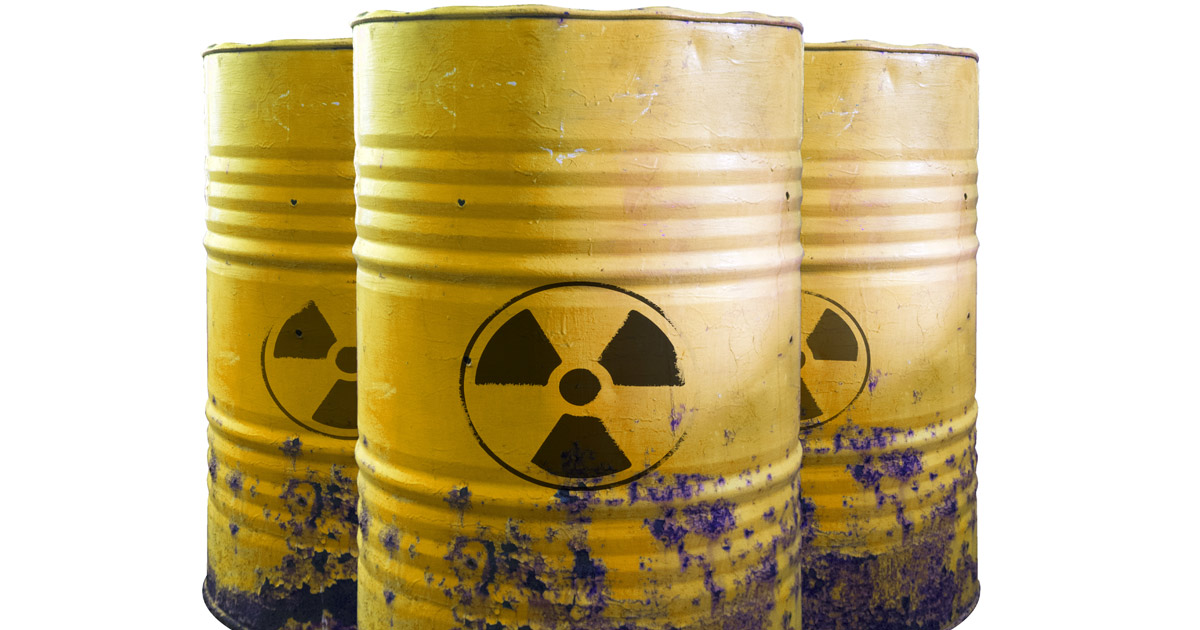MENU
- Home
- Overview
- Attorneys
- Practice Areas
- Firm News
- Blog
- Contact

A tort, such as a toxic tort, can be defined as a civil wrong committed by one party to another that causes property damage, personal injury, or another loss.
A toxic tort claim is when a personal injury resulted from exposure to a hazardous substance. This could include chemicals, pesticides, lead, asbestos, and toxic landfill waste. These lawsuits can be brought by individuals or groups; the latter can be defined as a class action lawsuit.
Plaintiffs will usually claim that their illnesses or injuries were caused by exposure to dangerous substances. Here are a few categories of different types of toxic tort cases:
Finding the root cause of the plaintiff’s damages in a case could take time, especially if the problems took years to develop, like in mesothelioma cases.
Plaintiffs and their legal teams must consider every entity that could be linked to the illness or injury. There could be more than one party responsible, including:
When getting started, it is essential to understand how state laws apply to the toxic tort case, including any applicable statutes of limitations.
During the evidence gathering stage, plaintiffs must focus on showing that they were exposed to the substance, that the substance was toxic, and that this resulted in harm to the plaintiff. This can be challenging since the exposure may have taken place over a long time period. To pursue toxic tort claims, plaintiffs can focus on the following:
Fraud: To establish a fraudulent claim, the plaintiff has to prove that the defendant had a duty to disclose about the toxic materials but neglected to do so. The plaintiff can allege that the defendant knew that the substance was hazardous but hid this fact. The plaintiff can also show that the defendant marketed and sold the substance as a safe product through the use of false or misleading information.
Strict Liability: Strict liability toxic tort cases are more straightforward. The plaintiff must verify to the court that the product or substance was defective. It must also be shown that the plaintiff was sickened or injured by the defect.
Negligence: For negligence claims, plaintiffs focus on proving that the defendant exhibited a negligent failure to research and investigate a chemical. Also, the plaintiff can attempt to prove that the defendant failed to warn consumers about these harms.
Having expert testimony, scientific studies, and guidance from an experienced toxic tort lawyer can also be very helpful when gathering evidence for a claim.
Filing a claim can be difficult, but you can trust our knowledgeable Delaware toxic tort lawyers at Jacobs & Crumplar, P.A. We will fight aggressively to get you the compensation you deserve. For a free consultation, call us at 302-656-5445 or contact us online. Located in Wilmington and Millsboro, Delaware, we serve clients throughout Dover, New Castle County, and Sussex County.